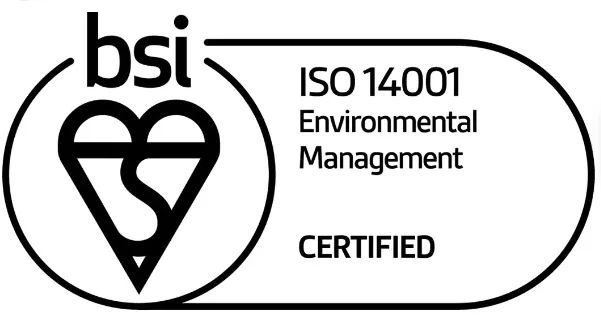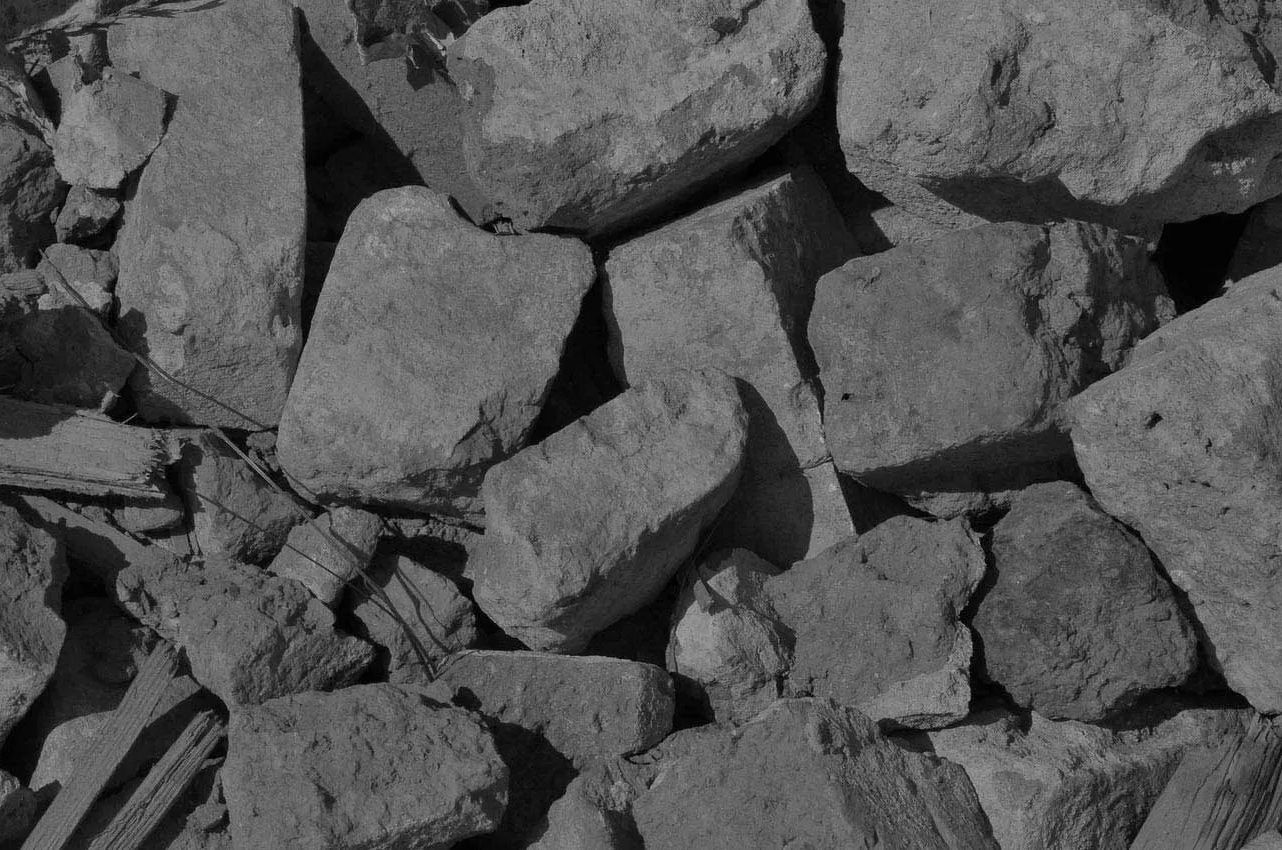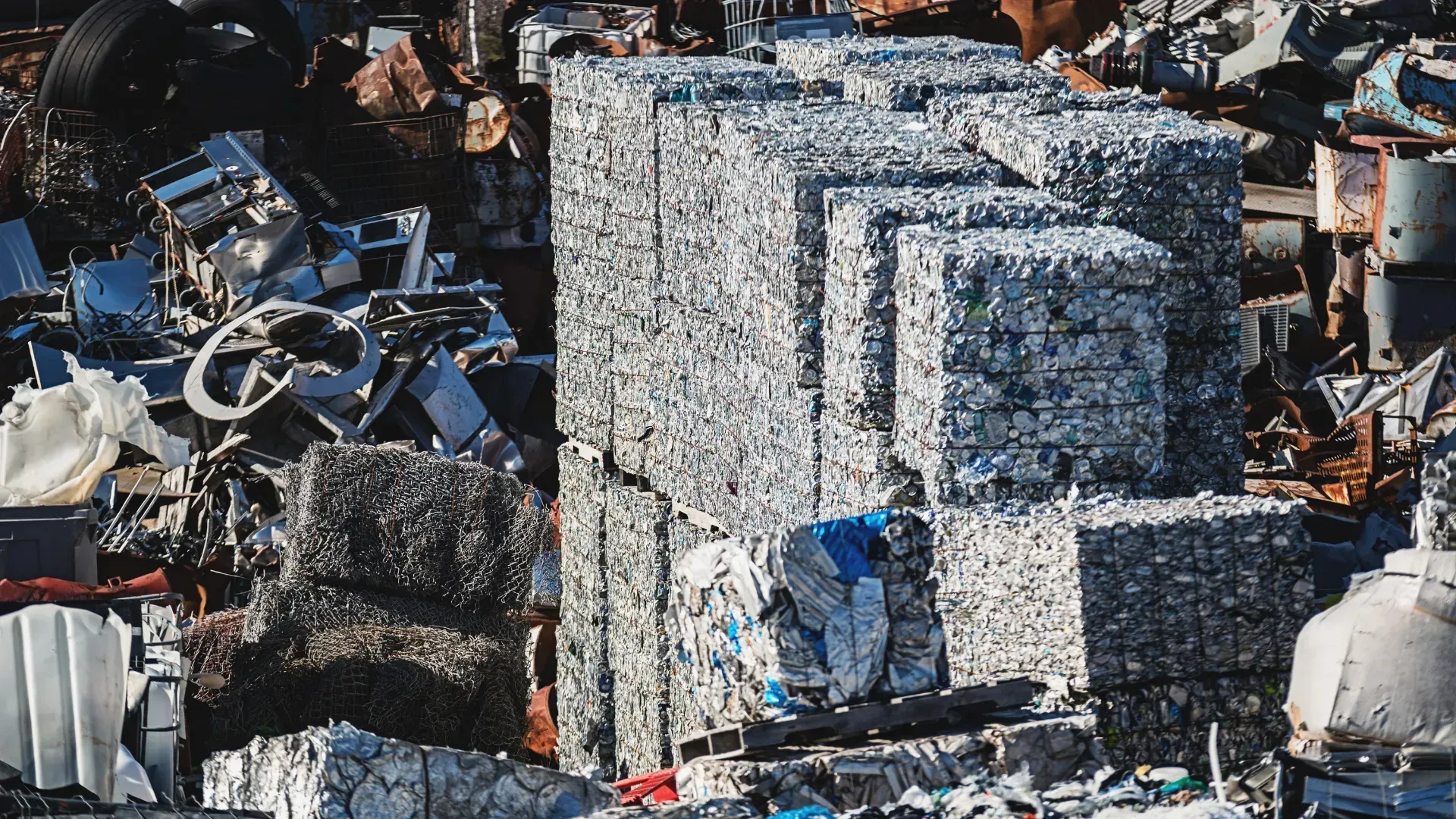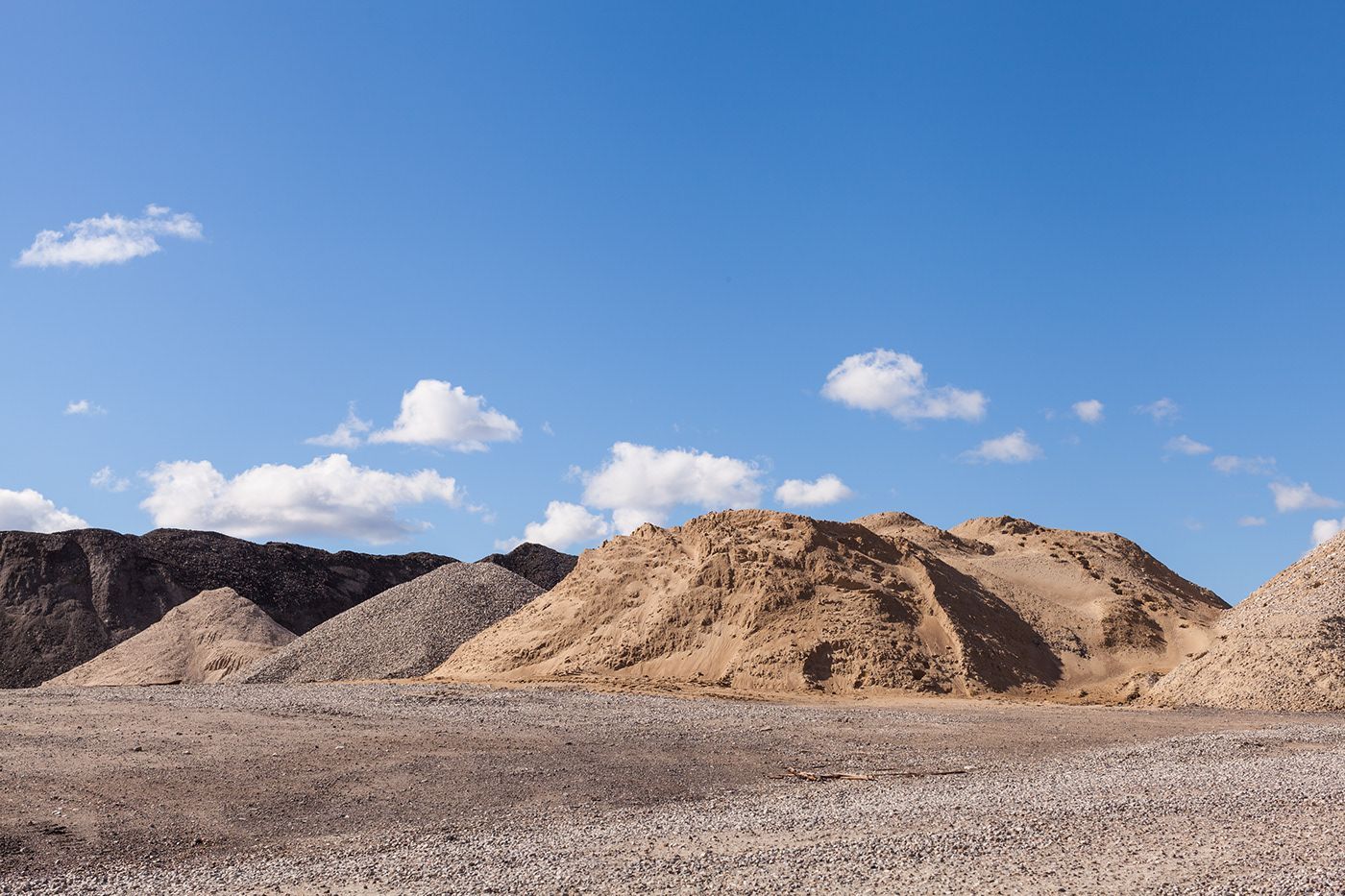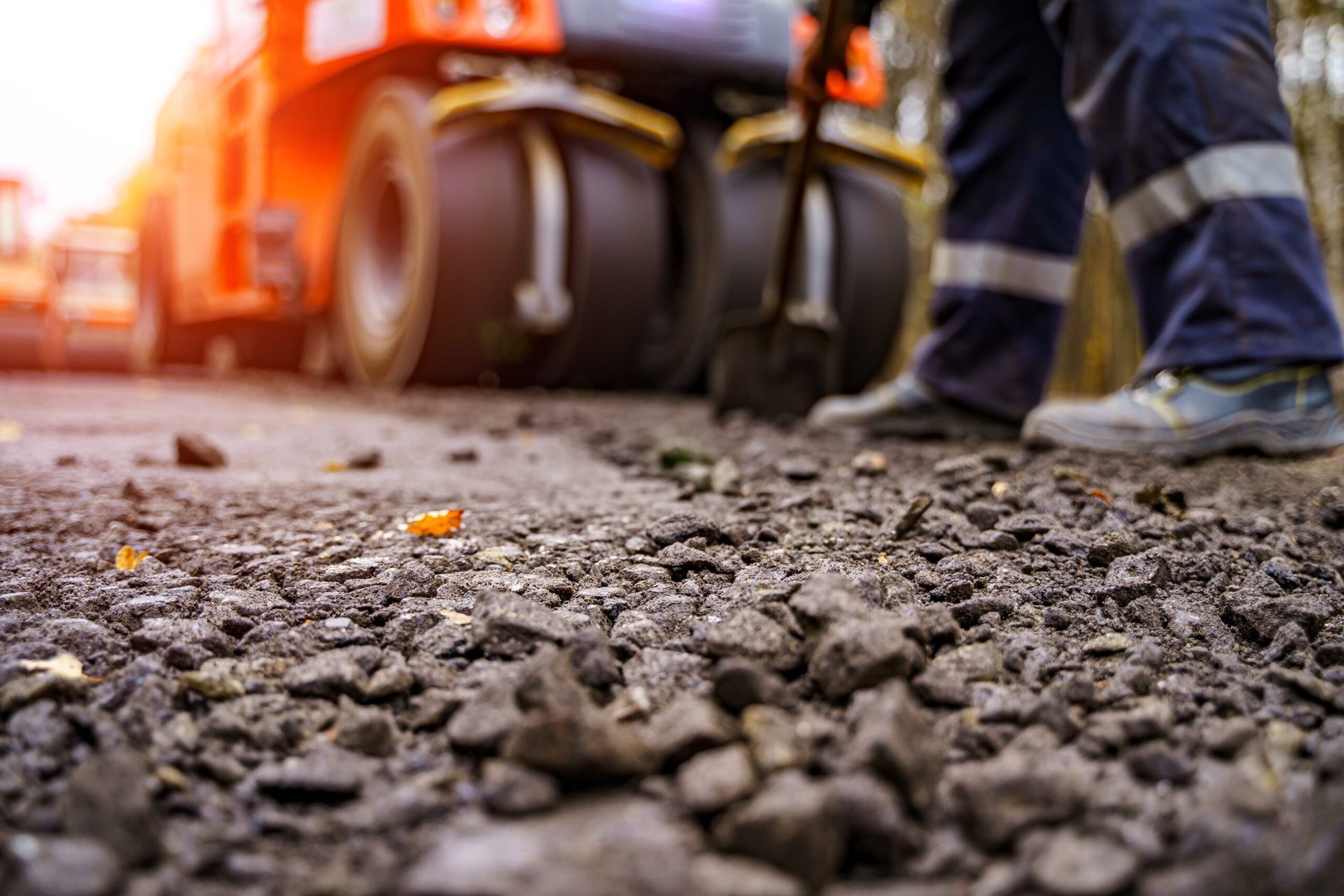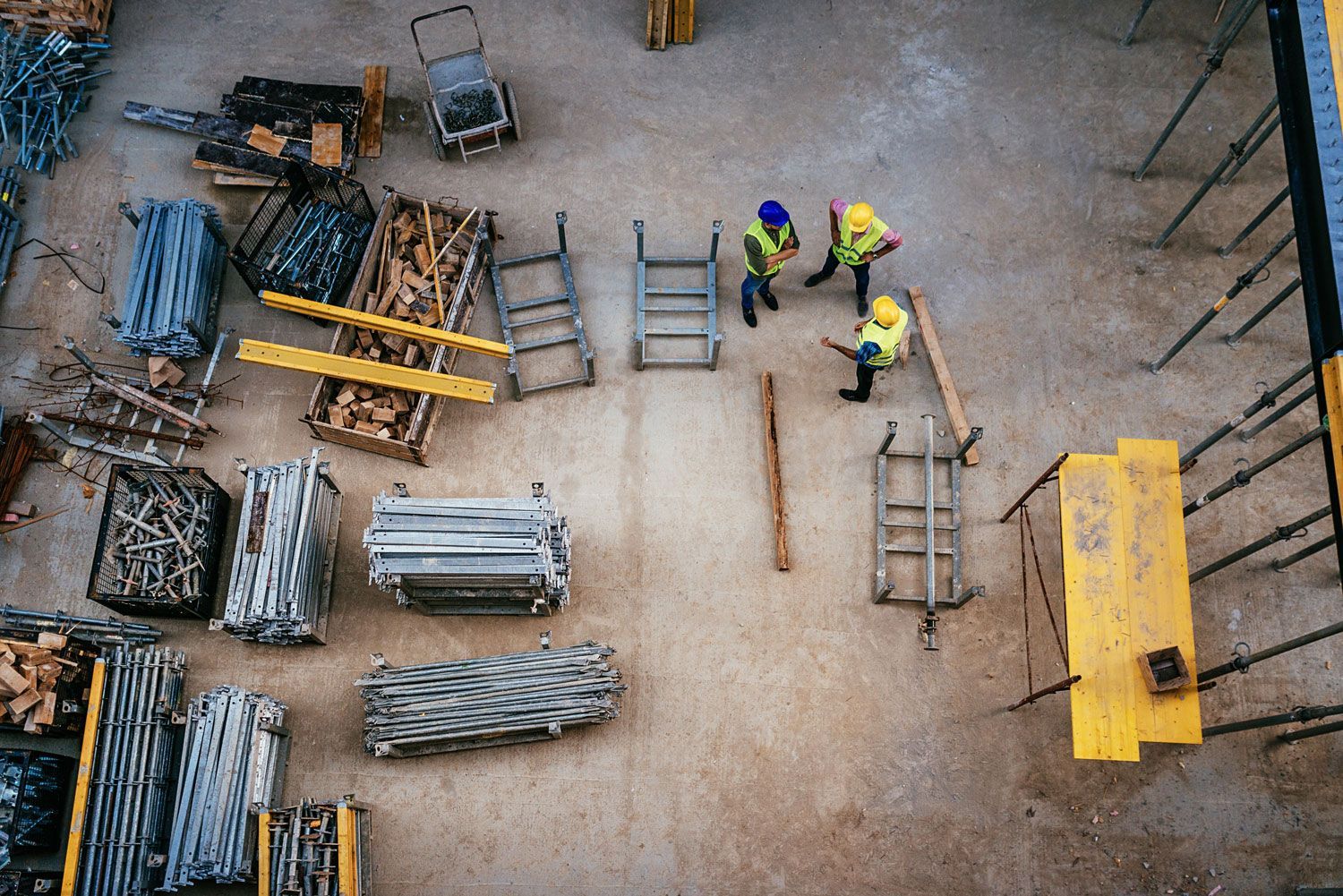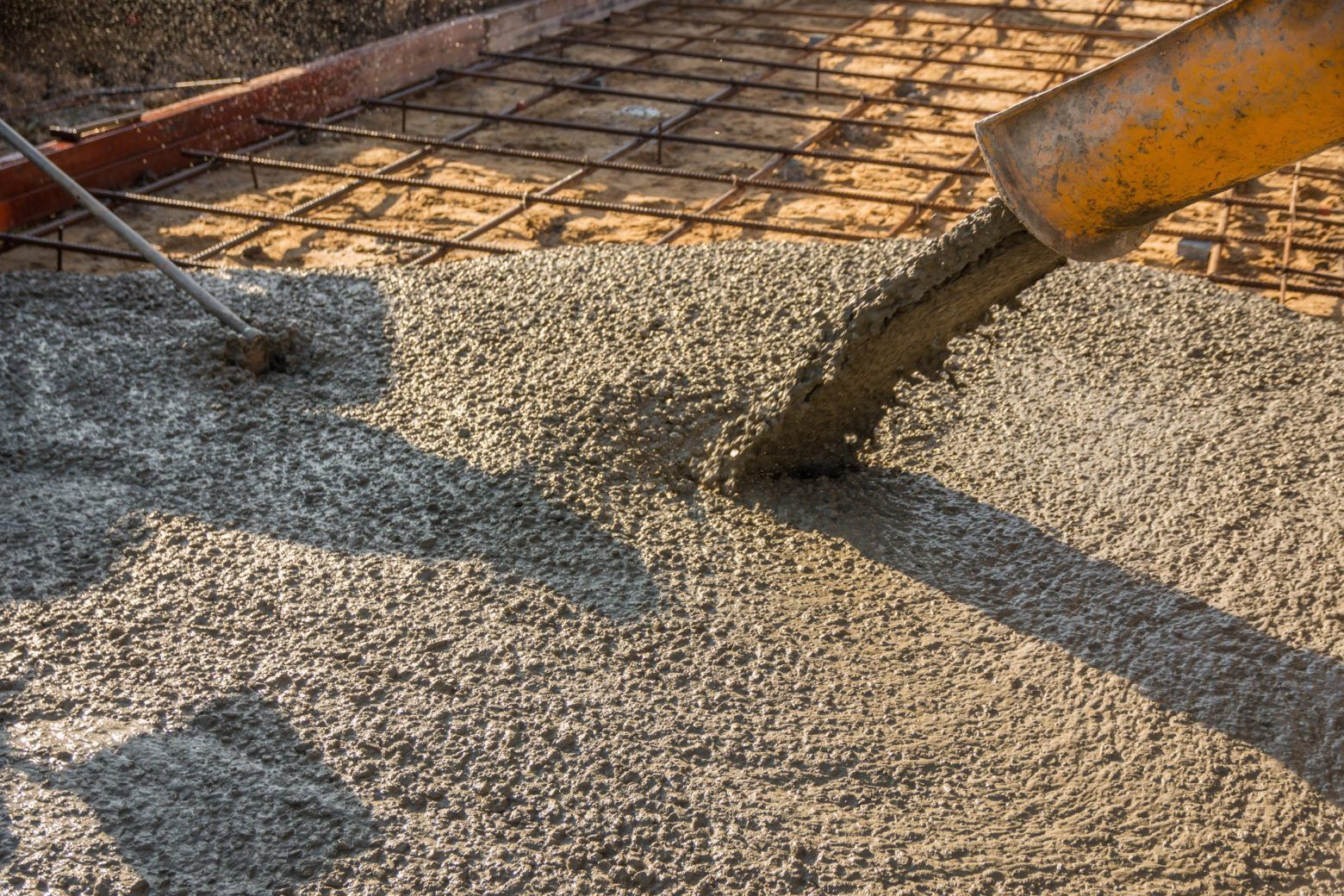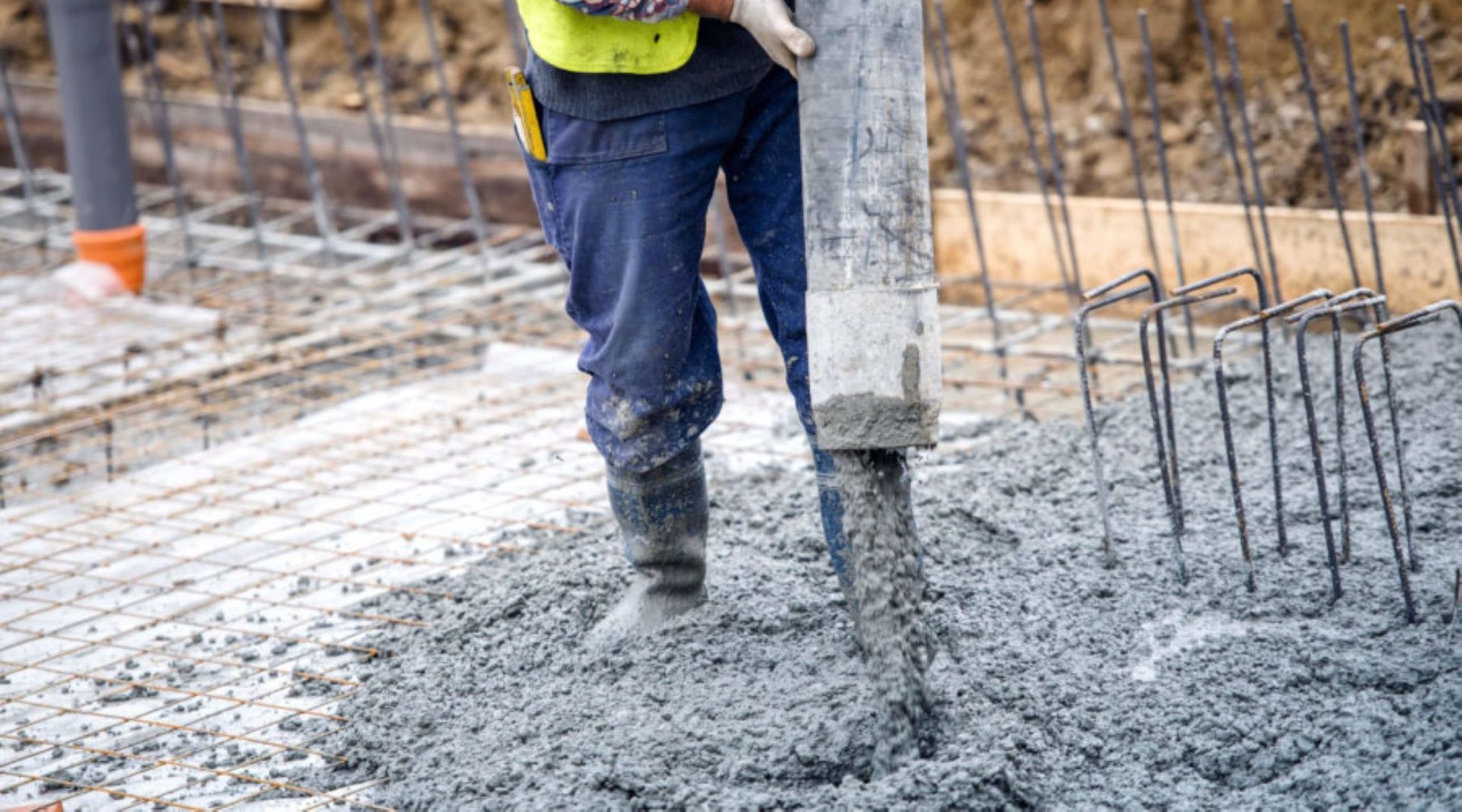Why Quarries Are Still An Important Part Of Modern Industry
For centuries, mankind has been uncovering innovative ways of utilising the earth’s resources in order to improve living conditions and develop new technologies. Initially the planet’s natural materials were tools for survival, where these resources are now used to construct impressive cities and to advance modern civilisation in a myriad of ways.
But as we become more aware of the environmental impact of this resource harvesting, traditional methods of gathering materials are now under increased scrutiny. For instance, quarrying may be viewed by some as an outdated approach which utilises energy intensive machinery and disrupts the local landscape.
Despite these concerns, quarrying remains an integral part of industrial supply chains today, where manufacturers across the UK are working to reduce the environmental impact of this necessary practice. Read on to find out more about why quarrying is still so important, with a look at how our quarry in particular is striving to work in a sustainable manner as we move forward.
Quarries: A Brief History
Natural stone has been an invaluable resource throughout human history, ever since mankind first constructed primitive tools during the suitably named Stone Age. In ancient times, innovative peoples used animal and man power to uncover valuable rock types from the ground, where these materials were used for centuries to build enduring structures and architectural monuments, many of which still stand today.
It was only with the commencement of the Industrial age that quarrying practices as we would now recognise them began to develop. Innovations in engine power allowed the earth to be dug with greater efficiency and scale than ever before, exposing greater depths and transforming quarrying into an essential industry. As motor vehicles began to replace horsepower, these materials could then be transported across the country, allowing for key manufacturing efforts to spread.
Since the 20th century, modern technology has made quarrying efforts safer and more reliable than ever, meaning that quarrying remains a profitable way of gathering natural stone for a range of industrial applications.
As we look towards the future, sustainable adaptations have become the priority for many quarrying sites, as we strive to find a balance between resource harvesting and environmental protection.
The Extraction Process
The essential quarrying process has been developed across decades of innovation, which has helped to cement this practice as an efficient way to gather natural resources. In general, this process begins with site preparation, where vegetation is cleared and machinery arrives on site to begin the quarrying work at hand.
A process of drilling and blasting can then begin, where this usually means that boreholes are drilled into the rock to create controlled fractures. These fractures are blasted apart in a measured explosion, revealing designated parts of the landscape for further excavation.
More blasting may be carried out to break the rock into manageable pieces, after which specialist machinery can be used to sort and collect various stone types. These are then assessed, labelled and transported to their designation, usually to be sold on by a wholesaler.
Why Quarries Are Still So Vital
This process of blasting, drilling and excavation may seem primitive and disruptive to the untrained eye, but quarrying work is essential in order to gather much needed resources to support a wide range of industries.
Natural stone is invaluable for a variety of applications, both for use on its own and as an ingredient for other products. It is also available in abundance at various quarrying sites, where modern technology is yet to find a suitable replacement that removes the need for quarries in their entirety.
In order to appreciate just how essential quarrying can be, it is important to consider all the ways that this stone can be used. Perhaps most significantly, natural stone aggregates can be combined with cement and water to produce concrete, one of the most commonly used building materials in the world.
Both on its own and as part of a concrete mix, quarried stone can be utilised in a wide variety of ways, where some key applications include:
Road Construction
Aggregates, including crushed stone and gravel, are an essential ingredient in road construction, where these invaluable travel routes are a staple of urban development. Stone pieces can be used in a tarmac mix, or concrete can be utilised to construct pavements and bridges, all elements that are vital to our everyday lives.
Building Work
All kinds of building projects depend on quarried materials for their success. Some require natural stone for construction, especially when it comes to the preservation of older buildings or the traditional building of exterior walls.
Beyond this, concrete is used throughout the construction world due to its durability, where it may be used to build anything from motorway tunnels to domestic pools. Concrete can also be used to make cast stone blocks, which can be employed as a cheaper alternative to pure stone.
Landscaping
Natural stone is also used for a range of landscaping projects. Both domestic and commercial green spaces are filled with stone products, including gravel, paving and patios. Beyond this, quarry products can also be utilised for drainage or for the creation of a gabion stone wall.
Coastal Defences
Another essential application for natural stone is the realm of coastal defences, where this area of engineering is especially prevalent in the UK. Sea walls, gabion cages and other erosion protection methods all depend on hard wearing and weather resistant natural stone for their success.
Our Quarry
At WM Thompson & Sons, we’re proud to be a local supplier of high quality stone products. We’ve been at the heart of our community in Dumbarton for more that 75 years, where we’ve grown from humble beginnings to providing a comprehensive service for small and sizeable clients alike.
Our range of products has expanded over the years, where we strive to meet the needs of our customers whilst always supplying premium quality stone. We offer a variety of different aggregates, including natural stone, gravel and building sand, where we provide these alongside our aggregate haulage services.
In addition to this, our team supplies ready mixed concrete alongside a specialist pouring service. Currently, we also look after our environmental impact with an eco-friendly landfill space and an on-site recycling facility.
Environmental Considerations
Key environmental factors have led some commentators to question the utility of traditional quarries in recent years. There are several ways in which the local area can be harmed by irresponsible extraction work, for instance dust and noise pollution can impact air quality and disrupt fragile ecosystems. Further to this, harmful runoff from quarrying can end up in local water supplies, impacting biodiversity and contaminating waterways in a large radius.
In general, quarrying sites can also have a large carbon footprint, where this is due to the daily use of heavy machinery and the long journeys undertaken by transportation vehicles. Carbon emissions can increase if equipment is outdated or if quarrying practices are carried out in an inefficient manner.
Our Efforts
We believe that quarrying can have a place in the future of UK industries if we take steps now to become more environmentally responsible.
One way in which we address this is by supplying recycled aggregates, where these provide our customers with a cheap alternative to virgin resources whilst reducing the need for carbon intensive extractions.
In addition to this, we’re working closely with the Scottish Environmental Protection Agency and Historic England to ensure that we’re neutralising any negative impacts wherever possible.
As a part of this, we aim to manage our on-site landfill space with environmental protections in mind. We therefore prioritise a sustainable approach at all stages of the waste handling process, in the hope that our work can coincide with a safeguarding of local biodiversity.
WM Thompson & Sons: Premium Quarry Products For Your Next Project
So whether you’re looking for a supply of high quality recycled aggregates or you need advice about a delivery of crushed stone, our expert team is here to help.
Get in touch with us today to enquire about our current
product range or to ask about our
sustainability endeavours.

